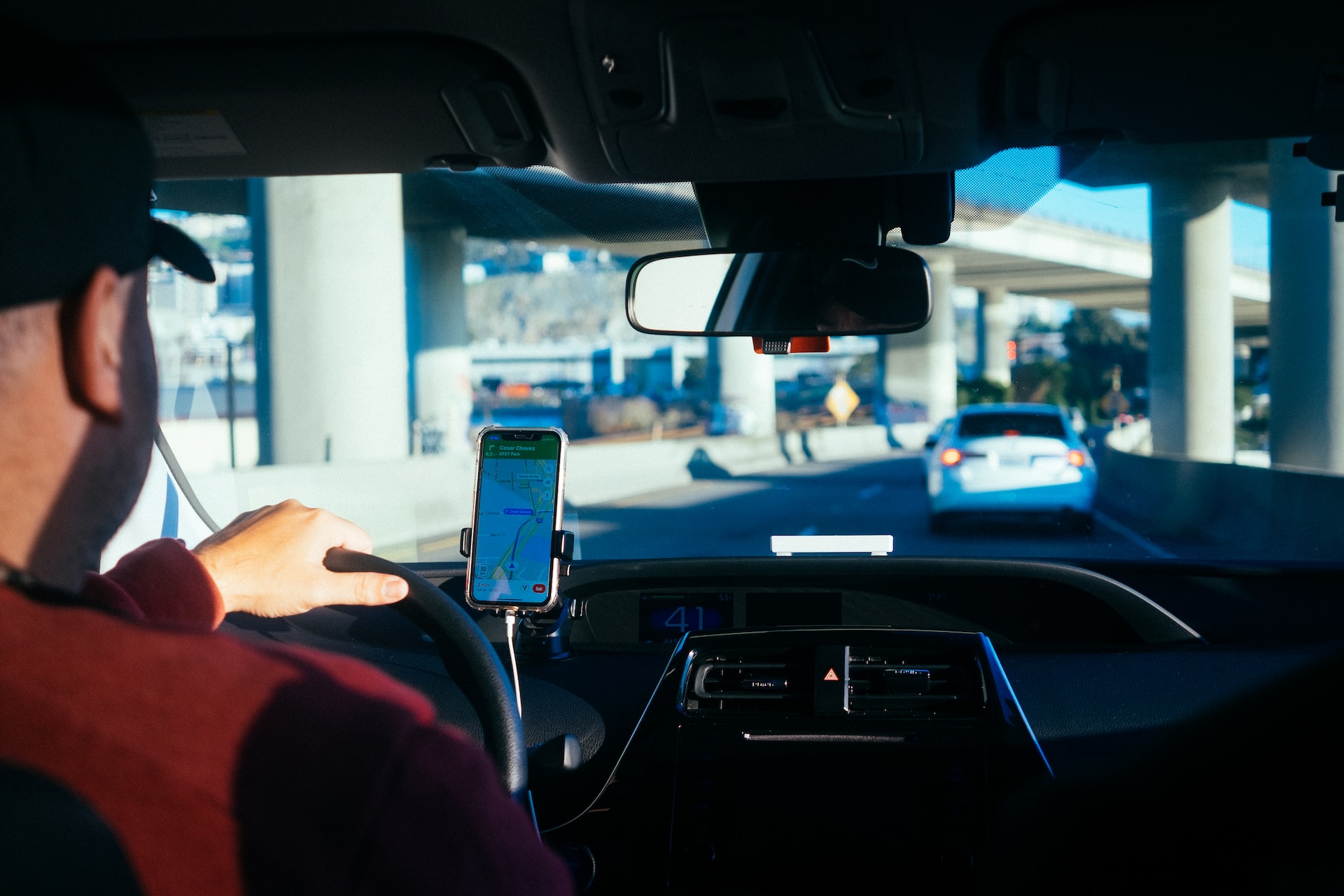Are Your Delivery Drivers Spending Too Much Time Idling?
In the fast-paced world of logistics and delivery services, efficiency is king. As businesses strive to meet customer demands for rapid deliveries, the performance of delivery drivers becomes crucial. However, a less noticeable aspect of delivery performance is the time drivers spend idling. This seemingly small factor can have significant implications for operational costs, environmental impact, and overall efficiency.
The Impact of Idling
Idling occurs when a vehicle’s engine is running but the vehicle is not in motion. It’s a common scenario during loading and unloading of goods, in traffic jams, or while waiting for route instructions. Idling not only leads to unnecessary fuel consumption but also contributes to vehicle wear and tear, increased emissions, and can be a source of noise pollution.
Fuel Efficiency and Costs
For every hour a truck idles, it can consume up to a gallon of fuel. Considering the size of a delivery fleet, these costs can quickly add up, impacting the bottom line of the business.
Environmental Concerns
The environmental impact of idling cannot be overstated. Idling trucks release a significant amount of carbon dioxide, contributing to air pollution and climate change.
Health and Regulatory Issues
Prolonged exposure to exhaust fumes can have health implications for drivers and the community. Moreover, many urban areas have regulations limiting idling, potentially leading to fines and legal issues for companies.
Tracking and Managing Idling
To effectively manage idling, companies must first understand the extent of the problem. This is where tracking systems for trucks come into play. These systems provide real-time data on vehicle usage, including idling times, helping fleet managers to identify patterns and problem areas.
Role of Technology
Advanced GPS tracking and fleet management software not only track idling but can also provide insights into traffic patterns, optimal routing, and predictive maintenance needs. These technologies can alert drivers and fleet managers about excessive idling, helping to curb the behaviour.
Driver Training and Incentives
Educating drivers about the impact of idling and incentivizing reduced idling times can be effective. Reward programs for drivers who demonstrate efficient driving practices can encourage a more conscious approach to idling.
Addressing the Challenges
Despite the availability of technology and training programs, addressing idling can be challenging. Drivers may idle for reasons beyond their control, such as traffic conditions or mandatory rest periods. Companies need to balance the need for efficiency with realistic expectations from their drivers.
Tailoring Solutions
Each delivery operation is unique, and solutions need to be tailored accordingly. For instance, in urban settings, strategies might focus more on route optimization to avoid congested areas, whereas in long-haul deliveries, the emphasis might be on efficient scheduling to minimize downtime.
The Role of Policy
Government policies and regulations can play a crucial role in managing idling. Incentives for using low-emission vehicles or penalties for excessive idling can push companies towards more efficient practices.
Case Studies and Success Stories
Several companies have successfully implemented idling reduction programs. For example, a major logistics company implemented GPS tracking and driver training programs, resulting in a significant reduction in fuel costs and emissions. Such success stories serve as a model for others in the industry.
“Beyond the Idle Moment”: A Conclusion
Idling, often overlooked, is a crucial aspect of fleet management that impacts costs, environmental sustainability, and regulatory compliance. Addressing it requires a combination of technology, driver education, tailored strategies, and supportive policies. As the logistics industry evolves, focusing on these small but significant details will be essential for companies striving for operational excellence and environmental responsibility. Reducing idling time is not just about saving fuel; it’s about moving towards a more efficient, responsible, and sustainable future in delivery services.

